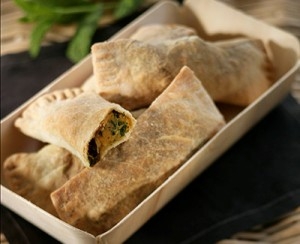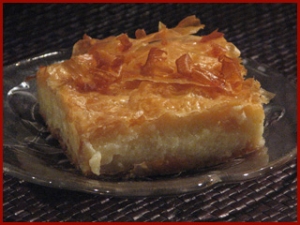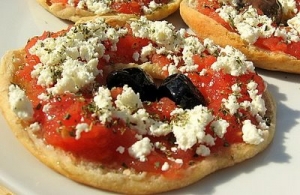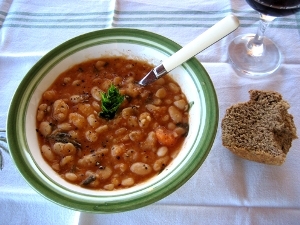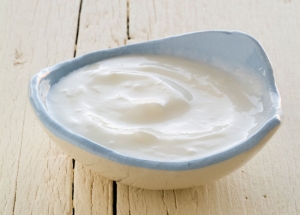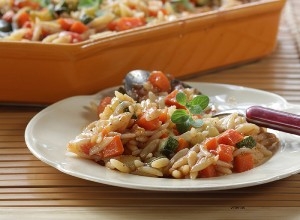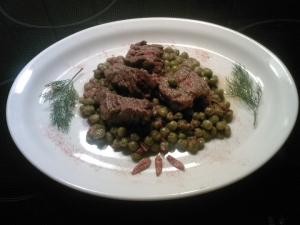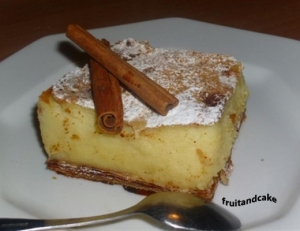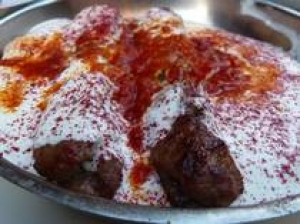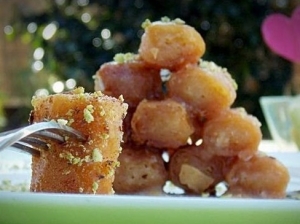For the dough
4 1/2 cups flour
1 scant tsp salt
4 tbsp olive oil
1 tbsp vinegar
300 gr. water
For the filling
1 pumpkin, about 1 ½ kg, peeled and diced
4 onions, chopped
½ cup olive oil
1 bunch of fennel, chopped
1 bunch of mint, chopped
1 cup of fresh oregano, chopped
Salt and pepper
Prepare the dough
1. In a bowl or mixer bowl, combine the flour with the salt. Then, add the oil, the vinegar, and the water. Mix until the ingredients are very well combined.
2. Knead the dough for about 10 minutes, adding flour or water until the dough is smooth and not sticky. Cover the bowl with plastic wrap and set aside for at least one hour before using it.
Prepare the filling
1. Preheat the oven to 180°C.
2. Place the pumpkin in a shallow baking pan, lined with parchment paper. Bake for 20 - 25 minutes until softened and all liquids are absorbed.
3. Cook the onion in a large, heavy, dry saucepan, over low heat, for 8-10 minutes, without adding any oil, until it produces its own liquid and gets softened.
4. Add the oil and turn off the heat.
5. Transfer the pumpkin to the saucepan with the onion. Add salt, pepper and the herbs. Stir and set the mixture aside to cool.
Prepare the pies
1. Divide the dough into 4-5 equal balls. Flatten a bit with the palms of your hands. Then, flour a working surface and roll them out to thin sheets.
2. Cut into squares, fill each square with about 1 tbsp filling, wrap the sheet so as to form oblong rolls, and place in oiled baking pan.
3. Bake in the oven for about 12-15 minutes or until golden colored.
Serve warm, at room temperature.
greek food - greek cooking - greek recipes by diane kochilas http://www.dianekochilas.com/

